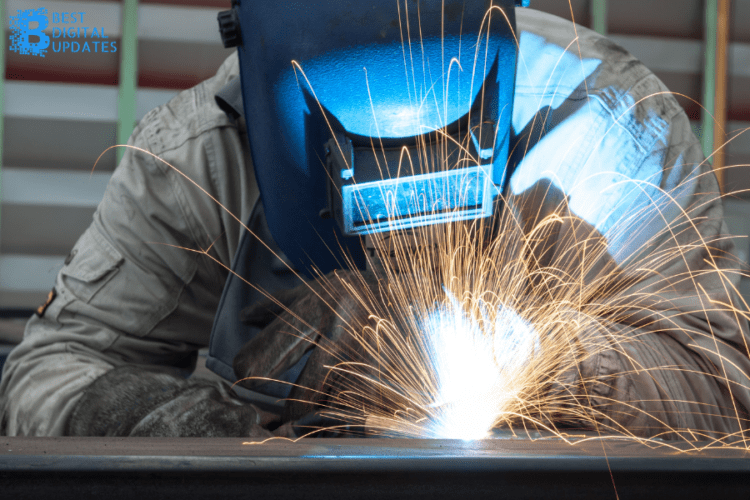With the recent advances in technology, materials and machinery, it should come as little wonder that the manufacturing industry has undergone somewhat of a revolution in recent years – and spearheading these processes is the revolution in manufacturing plastic, including plastic welding.
As 3D printing continues to become more popular in production processes from the perspective of ease, cost and efficiency, so many manufacturers are looking to plastic as a versatile material for their base product rather than using more traditional elements like metal.
The versatility of plastic bonding
Table of Contents
Bonding plastics together has considerable advantages over trying to manufacture using similar counterparts – not least of which is the versatility offered by joining this relatively malleable, melt-able material. Moreover, as more and more manufacturers begin to offer downloadable, 3D printable models, this is a trend that will surely only continue.
The primary types of plastic welding
As with other types of welding, there are many different options when it comes to bonding component parts together – everything from hot plate welding to ultrasonic vibration, laser and vibration techniques; each has its own advantages depending on the project. Although they all vary in style, they pretty much also rely on the same underlying principle – to melt the plastic, join it to another plastic object and then let them set.
What’s most important to remember in this process is that when you try to bond a plastic to another plastic, both need to be made of a compatible material. Plus, it’s normally useful to employ an additional source of bonding element such as plastic welding rods; for example, HDPE, PVC or PP rods to help make the join stronger.
Once both plastics (and any rods) have cooled, they will join together as a single piece with zero need for mechanical fixings or adhesive elements. This offers designers the ultimate freedom to come up with far better, more economical, smaller – yet stronger – components.
The advantages of plastic welding
No two projects are the same and, as such, the relative benefits of employing plastic welding will vary from case to case. However, as a general rule, plastic welding can bring the following advantages over more traditional production processes:
Plastic welding doesn’t involve using solvents:
Although it might sound relatively easy to bond plastics, there are numerous factors to take into account – in particular, the likelihood of two different plastics sticking together using mechanical (often heavy) parts or solvents. Very often plastic welding is the best option in these situations. Where there’s a complex geometric mix that may not work with solvents, plastic welding can provide a time-effective and easy solution.
Better waterproofness or airtightness:
If you want the ideal mix of waterproofing and airtightness, you’ll be hard pushed to beat plastic welding. Because the substances are pushed tight together, there should be no gaps in the material – as there might be through solvent use or with mechanical fixings.
Aesthetic designs:
The versatility of welding plastics together allows designers to come up with ever more innovative designs which has exciting possibilities for the production system further down the line. Indeed, in terms of plastic welding, it could easily be argued we’re only seeing the tip of the iceberg when it comes to the possibilities of this innovative form of production.




















